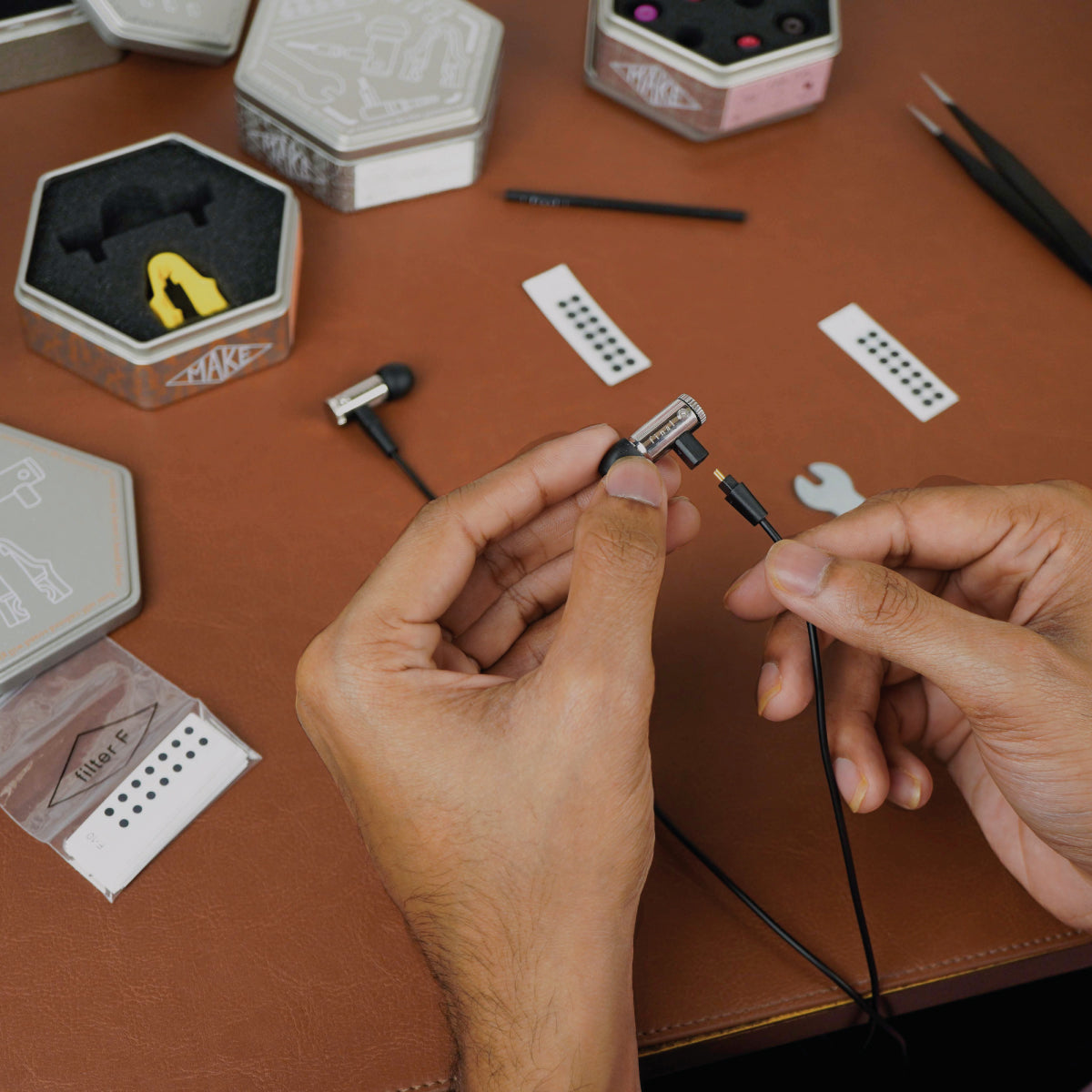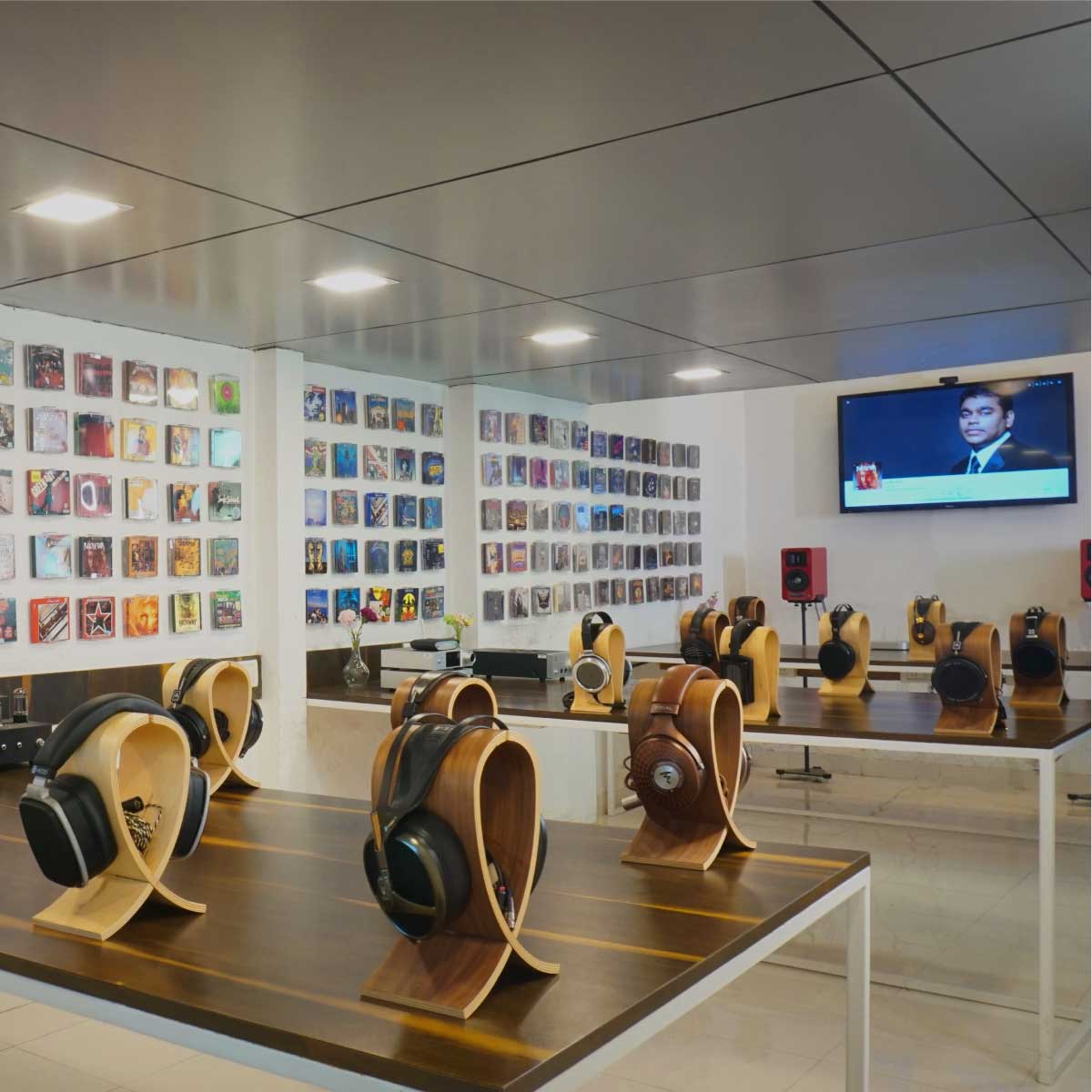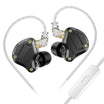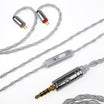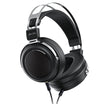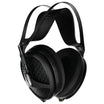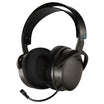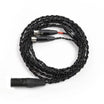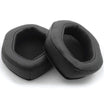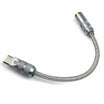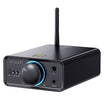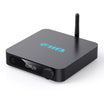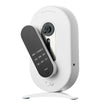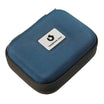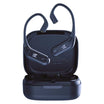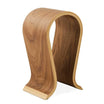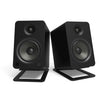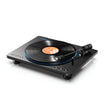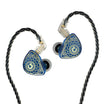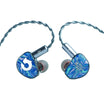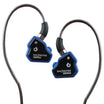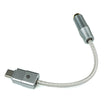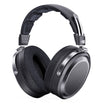Beginner's Guide
Balanced Cables Explained for Beginner Audiophiles
So you bought your first serious-sounding headphone or IEM, and now you are in the process of improving the sound quality from your entire setup. You are well and truly an audiophile in the journey of improving your audio quality, and one of the things you have got to ask yourself is if you should upgrade the cables that came with your IEM or your headphone to balanced cables. Now this is a common question that we get all the time, and people want to understand what balance cables even do and what difference they make to the sound quality. Now there are a lot of people who have strong opinions on the subject, and there is a lot of information out there on the internet. I'm going to try and give you my perspective in very laymanʼs, non-technical language so that anybody out there can understand everything they need to know about balanced cables in this simple video.
Intro
Hi guys, this is Raghav here from Headphone Zone. So you've bought your first serious-sounding headphone or IEM, and now you're in the process of improving the sound quality from your entire setup. You're well and truly an audiophile in the journey of improving your sound quality, and one of the things that you've got to ask yourself is if you should upgrade the cables that came along with your IEM or your headphone to balanced cables. Now, this is a very common question that we get all the time, and a lot of people want to understand: what do balanced cables even do, and what difference do they make to the sound quality? Now, there are a lot of people who have very strong opinions on the subject, and there's a lot of information out there on the internet. I'm going to try and give you my perspective in very layman’s, non-technical language so that anybody out there can understand everything they need to know about balanced cables in this simple video.
Balanced Cable
Simply put, a balanced cable allows you to listen to music on your headphones through the balanced output of a balanced amplifier. Now, balanced amplifiers are amplifiers that are similar to regular amplifiers but have one simple difference: they give you two outputs for the left and the right channel. In doing so, it's almost like you've got two amplifiers doing the job of one, where the left and the right channel are given a dedicated amplifier and a dedicated DAC. Now, for you to be able to plug into the balanced output of the amplifier, you're going to need a balanced cable. A balanced cable is different from an unbalanced cable in a couple of different ways.
The first is, typically, unbalanced cables have a 3.5mm connector or a 6.35mm (or what we call a quarter-inch) connector. Balanced cables don't use these connectors. It's very easy to get confused, so people have dedicated connectors specifically meant for balanced connections—a 2.5mm, a 4.4mm, or a 4-pin XLR are the three common balanced connectors. So balanced amplifiers will always give you an output in either of these three: 2.5mm, 4.4mm, and 4-pin XLR, and balanced cables will always feature one of these three connectors so that you make sure that you don't make the mistake of plugging it into an unbalanced output on the amplifier. Now, a balanced cable has two separate connections going to the left and the right, and there are two wires for each. So there is a positive and a negative for the left, there's a positive and a negative for the right, which is why a balanced connector typically will have four points that go into the headphone amplifier. Unbalanced just has three: you have a left, a right, and a ground, which is shared between the left and the right.
So you'll typically find that one way of thinking about an unbalanced cable is that the cable carries the information about what the speaker should do to the left and the right, and that information is carried via one cable and one connector. A balanced cable has two per side, so you'll find that not only are you telling the speaker what to push, but you're also telling it what to pull on the other side. It's almost like having double the amount of power for each ear because you have two amplifiers doing the job of one.
Now, I think what's important to know is that different headphones respond differently to a balanced cable and a balanced amplifier. They have a different effect on different kinds of headphones and IEMs. For some of them, they make a huge difference because there are speakers and drivers that benefit from the additional power that a balanced amplifier gives you, and for some of them, it doesn't seem to make as much of a difference. But as a general rule of thumb, I would say that there are two things that happen. First, as soon as you swap out the cables for a balanced cable and plug it into the balanced output of an amplifier, the first thing you'll hear is that the volume just about doubles. That's because, of course, you've increased the amount of output power by having two amplifier circuits doing the job for the left and the right channel, so it sounds a lot louder. The first thing I tend to do is just turn down the volume by approximately half.
Now, the additional power that you're giving these speakers—the first thing you're going to notice is that the bass sometimes can sound a lot fuller and a lot tighter. This is generally a result of the drivers getting that little extra oomph, that little extra power so that they sound more intentful. It's not just playing the bass; it's playing the bass with precision. I really like that effect, especially on IEMs, where a balanced cable can just add a little bit more detail, a little bit more resolution to the music you're listening to. It's not the cable alone that does that—it's the ability to use the balanced output on the amplifier that makes that effect.
The second thing that you're going to also notice, at least on full-size headphones, is that the soundstage can sound a little bit wider. This is usually a result of the elimination of crosstalk. Crosstalk is a problem that you will see on unbalanced cables. What happens is that because the ground is being shared between the left and right channels, there's a little bit of disturbance and distortion that sometimes can get into the signal. But this is stuff that you will not hear on a regular basis. It's only when you eliminate that crosstalk by switching to a balanced cable that you even realize it was there in the music to begin with, and now the soundstage can sound so much cleaner and, as a result, sometimes a little wider. So I really like using balanced cables along with full-sized headphones, especially on amplifiers that are quite nice and have a powerful balanced output, because the left and right just sound so much more separated.
Now, balanced cables—especially expensive ones—can come in a variety of different cable types and materials. You'll find that there are copper cables that sometimes can sound a little bit warm, so on bright headphones, it just balances out. You'll also find that there are silver cables, which can sound very detailed and analytical. On very dark or warm-sounding headphones, they tend to balance them out. People like to mix and match materials to kind of get the optimum tuning for their setup perfected. I don't really think that there is any limit to how deep you can go with cables. One thing is that a lot of people swear by them, while others tend to be a little bit more skeptical about what very expensive cables can do. Now, that's a topic for another video, for another time. But hopefully, with this, you can get to the point where you understand what balanced cables can do.
My rule of thumb is usually a very simple one: if you're using a DAC and an amp that has a balanced output, I almost always recommend getting yourself some sort of a balanced cable to take advantage of the balanced output on that amplifier. Only and only because to not use it is to use a very small portion of that amplifier's capability and not bring out the full potential when you've plugged your headphones in. If you've paid for it and you're using a nice balanced amplifier, the cable is a relatively small price to pay to be able to unlock the full potential of that. So I highly recommend that you consider getting yourself a balanced DAC and amp and a balanced cable to use it.
Talking To Us Is Easy
Get in Touch with Our Team directly - We're Here to HelpRequest a Callback
Our team should be able to call you back within 2 days.
Speak to usRequest a Callback
Write to Us
Prefer to drop us a line? Our team will get back to you via email within a working day.
Mail usWrite to Us
Join the Discussion
We're not the experts on everything, but our community is. Join The Indian Audiophile Forum.
Join community
